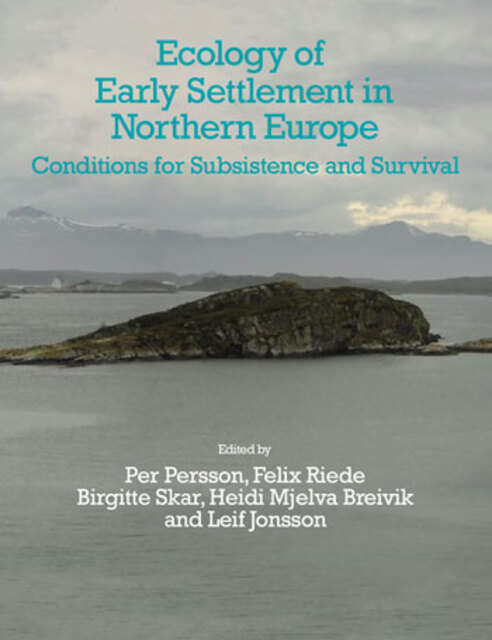Persson et al./Ecology of Early Settlement, 11. The Pioneer Settlements of Gotland

Full description
The earliest traces of human settlements on Gotland date to around 7200 BC. When the first pioneers reached Gotland they had to adjust to an unfamiliar environment and could rely on traditional knowledge only to a limited degree. The common terrestrial prey of the Boreal hunters around the Ancylus Lake during the early Mesolithic (roe and red deer, aurochs, wild boar and elk) were not present on the island, and the pioneers adopted seal hunting. To better understand this adaption and its subsequent changes we apply a behavioural ecological approach that generates predictions about subsistence strategies in the form of cost-benefit outcomes. These outcomes are compared with the patterns observed in the archaeological record. It is argued that this approach may be used to benchmark cultural variation. We consider not only the external impact of the environment on the human population on Gotland, but also discuss the degree to which cultural and economic practices of the pioneers reciprocally affected their environment.
- typeImage
- created on
- file formatjpg
- file size31 KB
- container titleEcology of Early Settlement in Northern Europe: Conditions for Subsistence and Survival
- creatorJan Apel; Jan Storå
- isbn9781781796030 (eBook)
- publisherEquinox Publishing Ltd.
- publisher placeSheffield, United Kingdom
- rights holderEquinox Publishing Ltd.
- series titleThe Early Settlement of Northern Europe
- volume1
- doi
We use cookies to analyze our traffic. Please decide if you are willing to accept cookies from our website. You can change this setting anytime in Privacy Settings.
